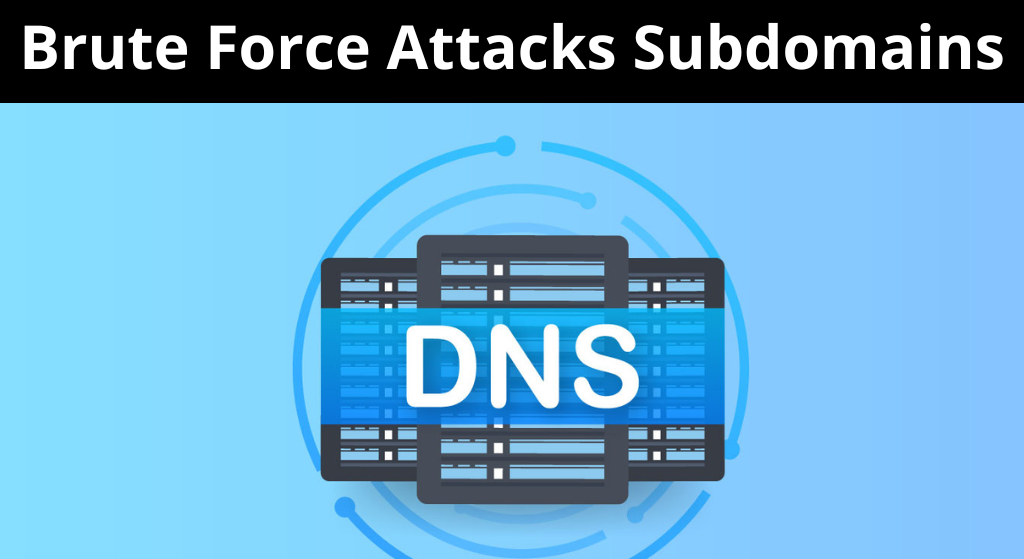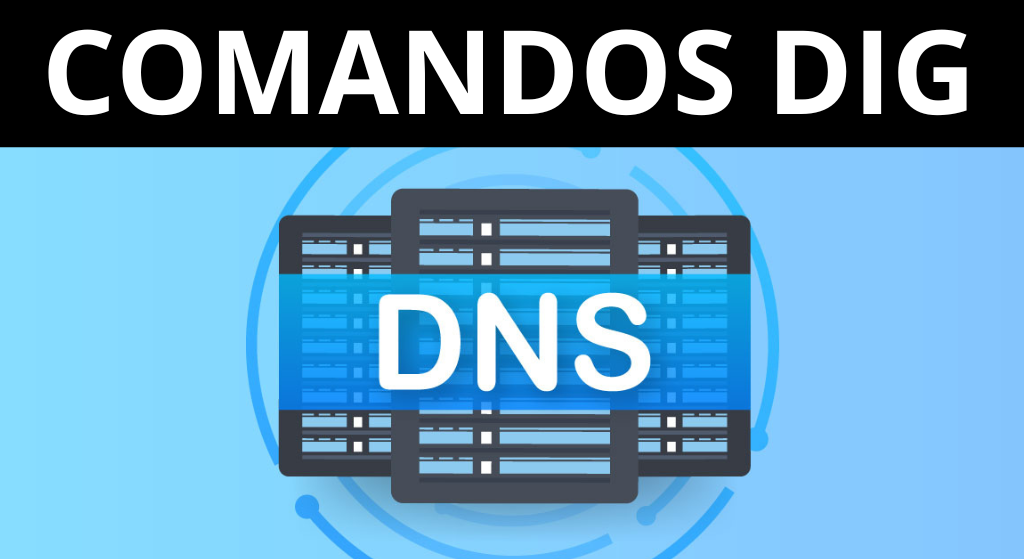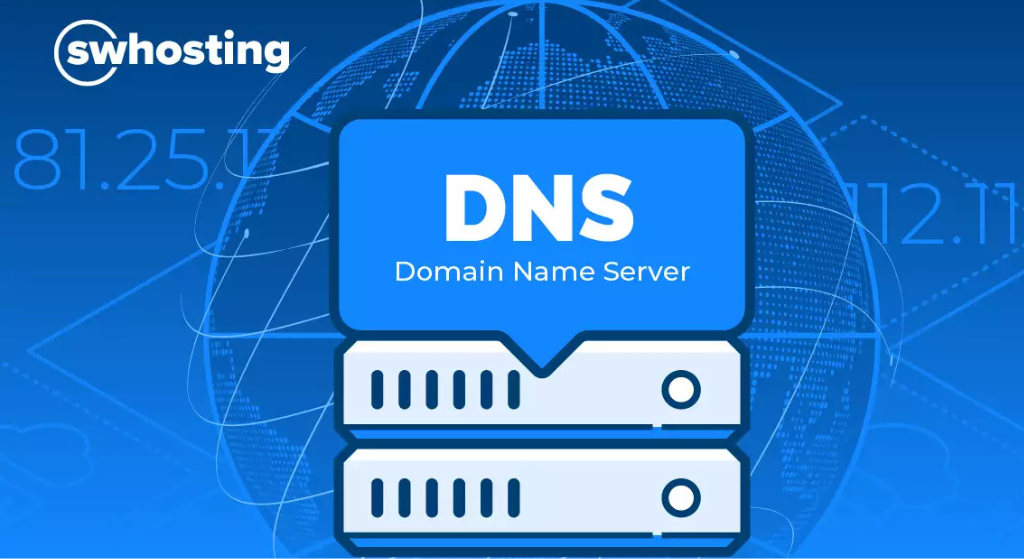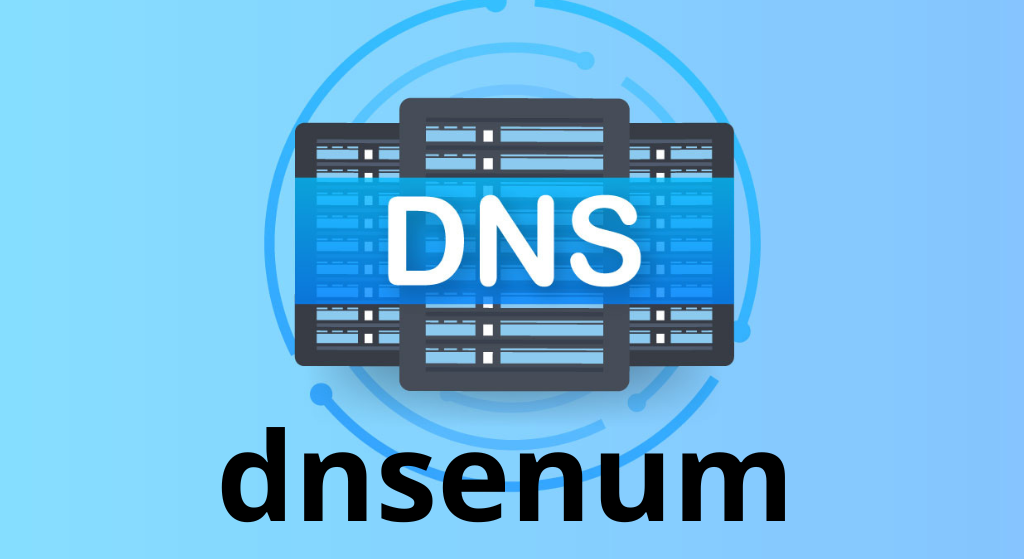Domain takeover
Domain takeover means registering a non-existent domain name to gain control of another domain. If attackers find an expired domain (here’s how to find them [8 – Finding Expired Domains]), they can hijack that domain to carry out other attacks, such as hosting malicious content on a website or sending a phishing email using the […]




